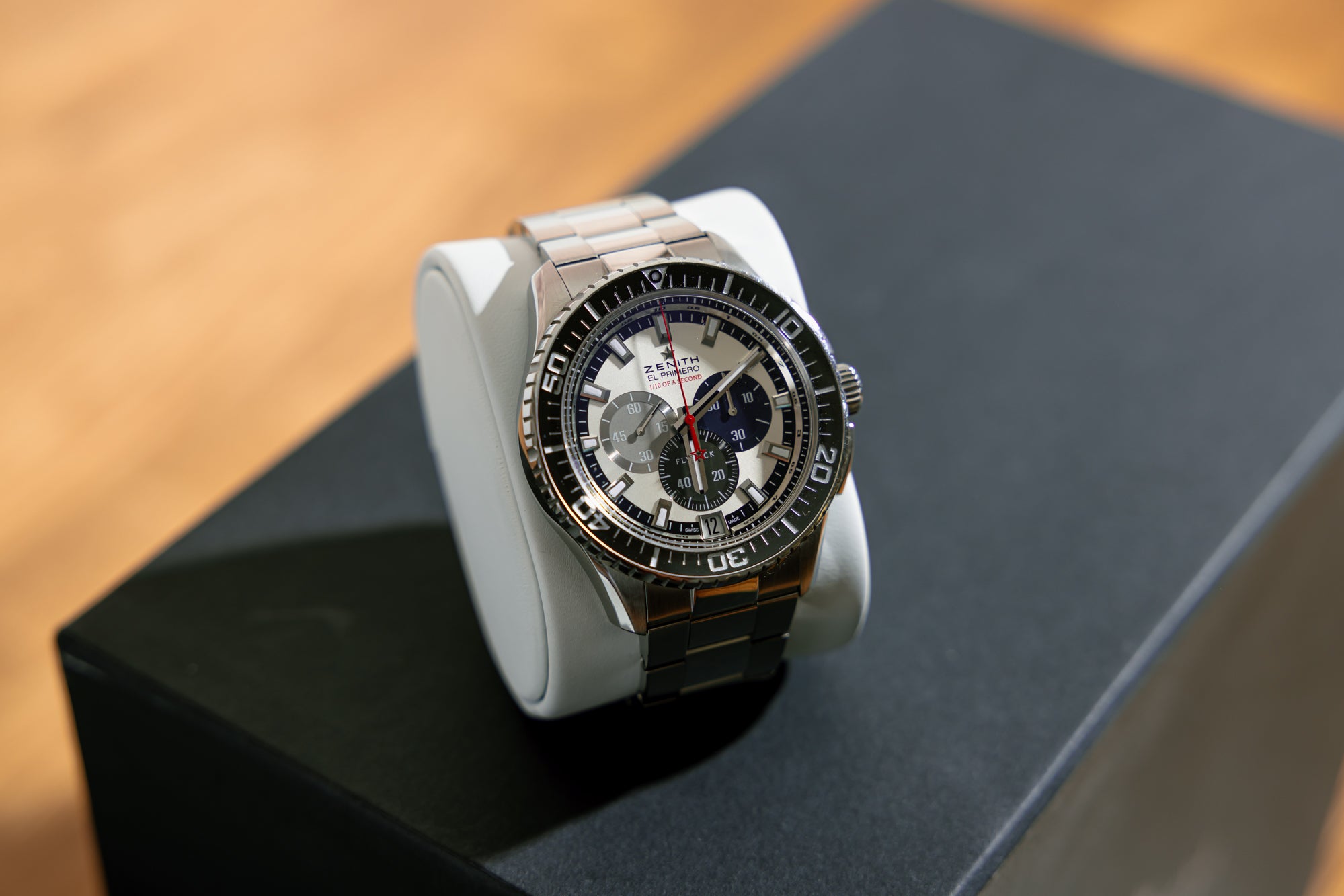In a society where a celebrity can be as hot as anything one week and cancelled the next, there is a significant level of risk that a leading watch brand should consider when investing in an ambassador. But do those risks pay off?
Most big watch brands today have an ambassador to endorse their products. This tactic has long been used in marketing, not just luxury watches alone. While a familiar face can, no doubt, help sell a watch and a particular lifestyle associated with said celebrity, a large portion of the watch-collecting world still cannot stand the thought of watch ambassadorship.
Superficially, there’s a general disapproval of undeserving celebrities acquiring free watches when so many keen collectors out there could better communicate the fun and passionate side of Haute Horlogerie. Then there is another argument that watch collectors don’t need to be persuaded to buy a watch if they’re true enthusiasts anyway, simply because they have a genuine passion for it. However, we can’t deny the fact that many iconic watches have achieved global status because of pop culture alone.
When you think about brand ambassadorship, very few famous people are universally loved. So, while a celebrity may target one segment of a brand’s audience, they may simultaneously alienate another. Many consumers even feel that no celebrity ambassador could make them want to buy a specific watch, yet we know this marketing strategy is historically effective.
Understandably, it all boils down to what makes a celebrity worth the investment. Athletes and successful role models in the sporting world have a proven track record of positively influencing the popularity of a watch or brand. Take retired tennis player Roger Federer, for example. More specifically, athletes and sporting professionals can promote the functionality and practicality of a watch much better than an influencer or TV personality can on a fashion sense level. Understandably, seeing a practical watch worn by a practical person holds much more weight. It can be effective for a consumer to see how a watch performs and holds up on the wrist. For example, seeing a Richard Mille watch endure a grueling five-set match on Rafael Nadal's wrist is much more effective than seeing how a watch looks on a celebrity at The Grammys. Still, if a watch has sway over an individual’s ability to buy a watch, maybe all it needs is some level of relatability, no matter how big or small. A brand must remember that if or when a famous person behaves less desirably or indeed becomes “old news,” that association may linger much longer than a brand may hope.

